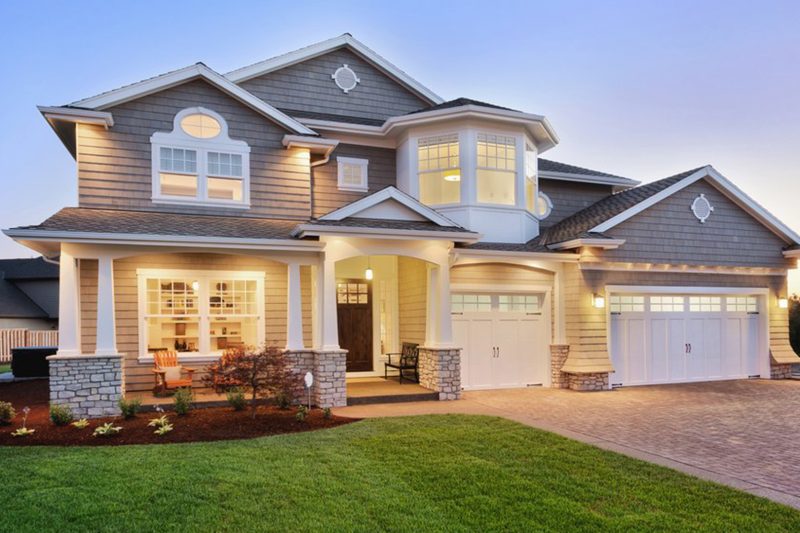
Fiberglass reinforced plastic, or FRP for sale online, is a fiber-reinforced polymer used in a variety of applications. It is lightweight, durable, and corrosion resistant – making it an ideal choice for many commercial and industrial settings. Let’s take a closer look at what this material is and how it can be utilized in different environments.
What Is Fiberglass Reinforced Plastic (FRP)?
Fiberglass reinforced plastic (FRP) combines the best qualities of both fiberglass and polymers to create a composite material with superior strength and durability. FRP consists of high-strength glass fibers embedded in a polyester resin matrix that has been specially formulated to resist wear and tear from environmental factors such as temperature, humidity, and UV radiation. The combination of these materials creates a composite that is strong yet lightweight, making it ideal for use in various applications where weight plays an important role.
Fiberglass reinforced plastic (FRP) is a composite material made up of two components—fiberglass fibers embedded in a resin matrix. The resin can be any type of thermoset or thermoplastic but the most commonly used resins are polyesters, vinyl esters, epoxies, or phenolics. The fiberglass component gives the composite its strength while the resin provides rigidity. Together these materials create an incredibly strong yet lightweight material that can be used for everything from automotive parts to aircraft structures.
Uses of FRP
Because of its resistance to corrosion and other environmental factors, FRP is often used in marine applications such as boat hulls and decks. It is also used for industrial storage tanks, piping systems, ductwork, cooling towers, chemical reactors, scrubbers, grating systems, ladders/handrails/platforms/stairways/walkways/guardrails/fences/structural shapes/roofing panels/gutters & downspouts. Additionally, FRP can be used in residential settings as well; it’s often found on decks and railings as well as window frames.
Benefits of FRP
Given its strength-to-weight ratio and resistance to corrosion and other environmental factors like temperature fluctuations or UV radiation exposure – FRP offers many advantages over traditional building materials like steel or aluminum. For starters, it’s much lighter than either of those materials which makes it easier to transport or install without heavy machinery. Additionally it offers superior resistance to wear-and-tear compared to traditional materials which results in an increase in product life spans while reducing maintenance costs over time. Finally because the material itself requires very little energy input during production – using FRP helps reduce the carbon footprint associated with construction projects when compared with more traditional methods!
Fiberglass reinforced plastic provides excellent strength combined with light weight for use in many different settings – from marine applications to industrial storage tanks – but perhaps most importantly it allows you to reduce your carbon footprint due to its low energy requirements during production! Its superior ability to withstand wear-and-tear also means you’ll save money on maintenance thanks to its long lifespan – making it an ideal choice for any project looking for an affordable yet durable solution!
FRP is also incredibly versatile, allowing it to be formed into any shape or configuration desired – perfect for custom designs. Additionally, FRP can easily be painted or customized with logos and graphics, making it a great choice for those looking to make an impression! Finally, its ability to resist corrosion means that you won’t have to worry about replacing parts or components due to corrosion damage. Investing in FRP is an intelligent choice that will pay off dividends in the future!




